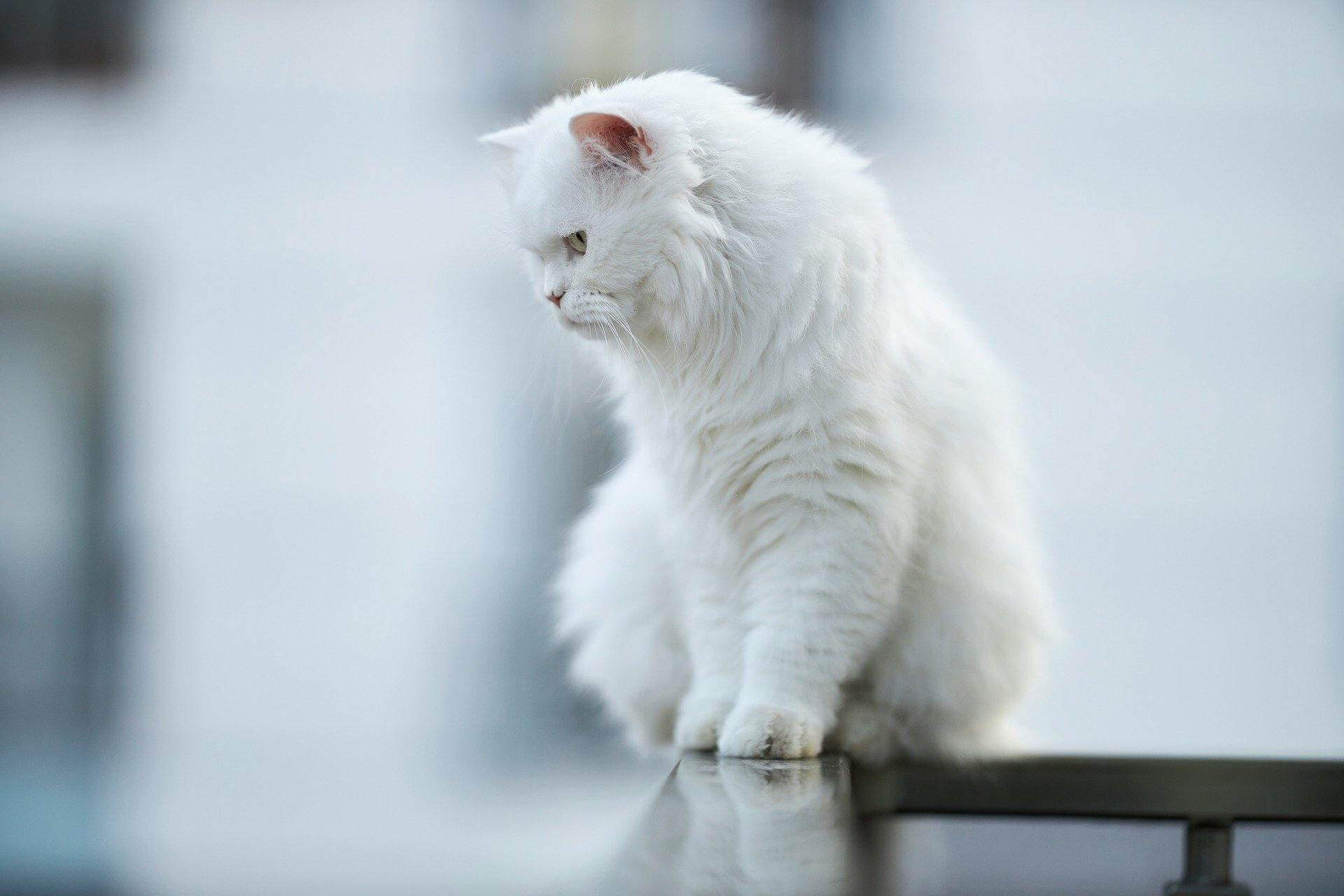
WHAT IS A PARATROOPER CAT?
Whether it's a myth, a miracle, or a marvel of physics, the idea of a cat always landing on its feet is firmly rooted in feline lore. Tabby cats protruding from window sills in search of passing birds, or miscalculating fences as they flee from barking dogs, seem to effortlessly regain perfect balance, an action that has long baffled observers - until 'until frame-by-frame photos and slow-motion video are revealed. the details of this strange feline habit.
This does not mean that cats land without harm. Cats who fall sometimes suffer injuries, and not all cats survive falls, especially older, less agile cats. Thanks to science and technology, here's what we now know about the aerodynamic capabilities of cats.
Fact or fiction?
Most of the time, a cat lands on its feet when it falls. His body reflexively corrects its trajectory so that by the time he gets to the ground, his feet are in position to strike first. How far a cat falls determines how well or poorly its legs can absorb the shock of landing.
Veterinarians treating broken legs and other injuries of cats who survive falls from high-rise apartments have noticed that cats who fall from greater heights, such as more than five stories, often suffer less serious injuries than those falling only a few stories because a longer fall gave the cats' bodies more time to right themselves.
Feline Body Mechanics – Seen in slow motion, a falling cat begins to shift its balance from the start of its flight. His body determines which side should be up, and he begins to turn his head, directed by his eyes and ears, until he is facing that direction. Then his spine follows, as he arches his back; then its front paws, followed by its rear paws, position themselves beneath it, with its front paws placed close to its face to spare it from impact on the ground. When landing, the joints of the cat's legs bear the impact of its weight. A falling cat is less like a plane and more like a parachute. As his body orients toward the falling motion, he relaxes and spreads out for the upcoming landing.
Cats also have other means of landing on their feet. They are born with flexible backbones that allow this course correction when falling. Cats also have 30 vertebrae, which contributes to their flexibility (humans only have 24). And although their tails often act as rudders in daily activities, tails are insignificant in free fall - so even a cat born without a tail, like the Manx, or the unlucky feline who lost his due to a injury can still cause a fall.
The cat's inner ear houses its vestibular system, which tells the cat's body where it is in relation to the ground, whether it's upside down, moving, or walking around.
WHEN DO THE MOST FREQUENT FALLS OCCUR?
According to the studies carried out, the thesis confirms that the cats who defend themselves most often are rather young : 38.8% are less than a year old and the median is 14 months. The average is around 2 to 3 years old and they are mainly male.
It is obvious that accidents occur during the most summer period, that is to say in spring and summer, and at around 50%.
WHAT MEASURES CAN BE TAKEN TO AVOID CAT FALLS?
- Neutering your cat will limit its desire to escape to satisfy its needs.
- Simple measures should be adopted to prevent your cat from falling:
- Close the windows when you leave and check where it is before you leave.
- At first, do not leave your cat unsupervised on the balcony and avoid putting furniture near the railing which could encourage him to climb on it.
- Openwork balconies (with bars) require the cat to jump in one go and more clumsily than on those with glass protection.
- Do not put a reed or bamboo to block the cat's vision outside; if it does not see what is behind it, you are making it take an even greater risk because its curiosity will lead it to jump on the railing and not knowing what is behind it, he risks being surprised on arrival. The fence is not recommended either, it is the best way for him to climb to the top without much effort. Try to favor smooth walls.
- Avoid obstructing your cat's vision: he needs to be able to observe what is happening. There are also transparent balcony protections. An adult cat very quickly becomes aware of the danger when it finds itself at great heights. When he is on your railing, he may feel dizzy and will try to avoid falling at all costs. The perception of height as well as the fear of heights are innate in the cat but it can make errors of evaluation and the conditions of the surface on which it moves can be to its disadvantage.
- The best protection remains theprotection net around your balcony if you can or wish. You will also be dependent on the authorization of the co-owners for the implementation of this solution which could be considered degrading for the neighborhood and for the enhancement of the building in which you live.
- Always pay attention to what is happening on the terrace and its reactions to external events.
- If you do not wish to completely enclose your balcony, we offer the deterrent solution Catsafe to prevent it from acting and jumping over the railing.
Ref: Veterinary thesis, ENVA, by N.DETABLE, 2019



Compartir:
Do cats see colors?
Sacred Burma